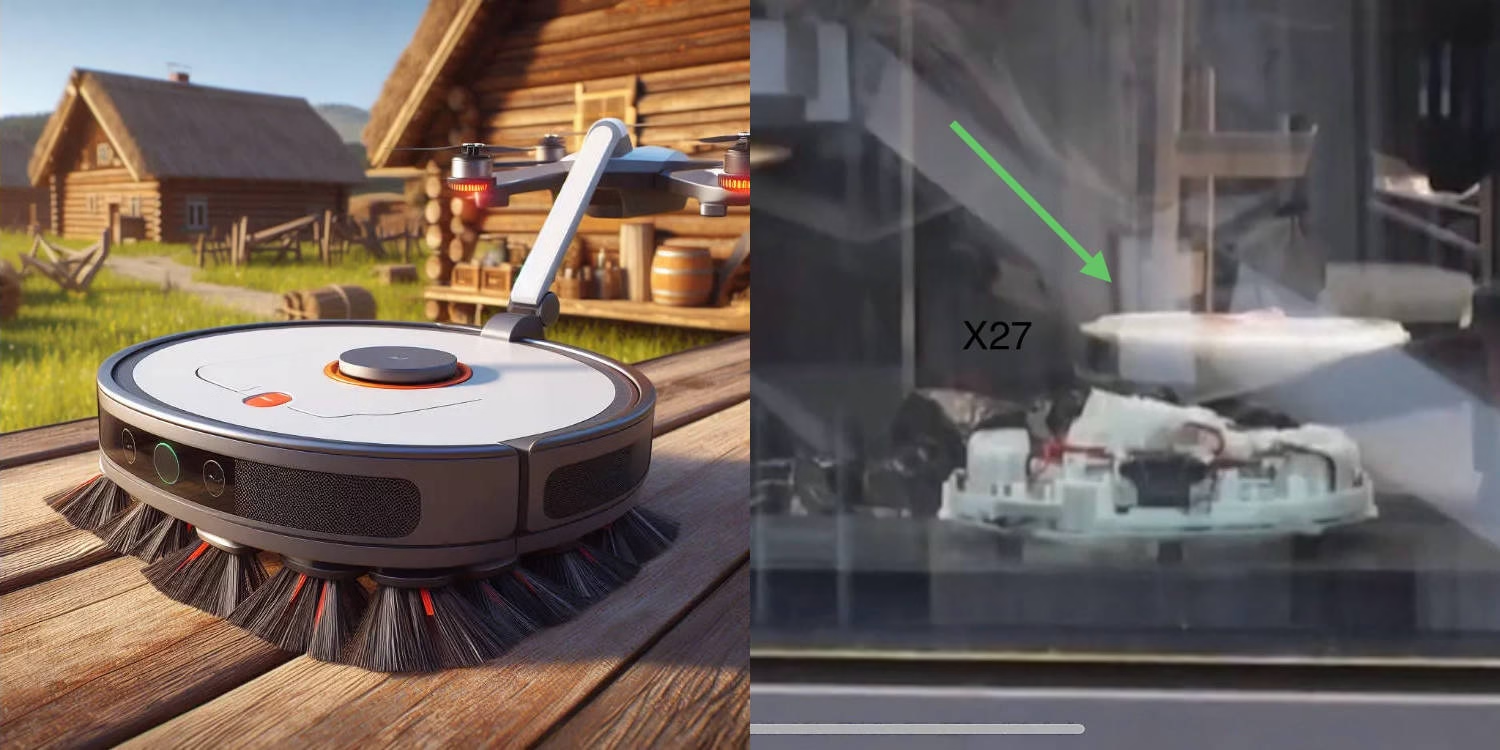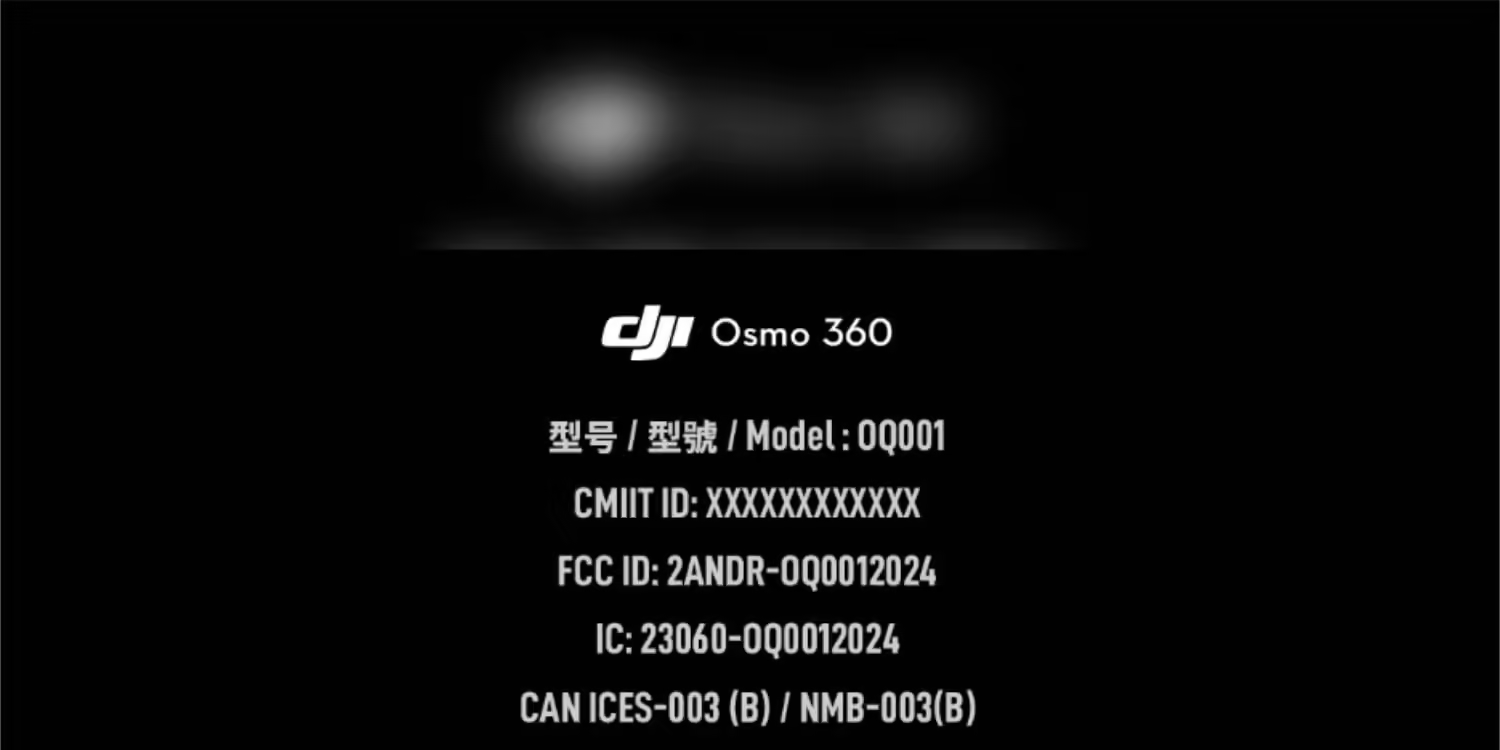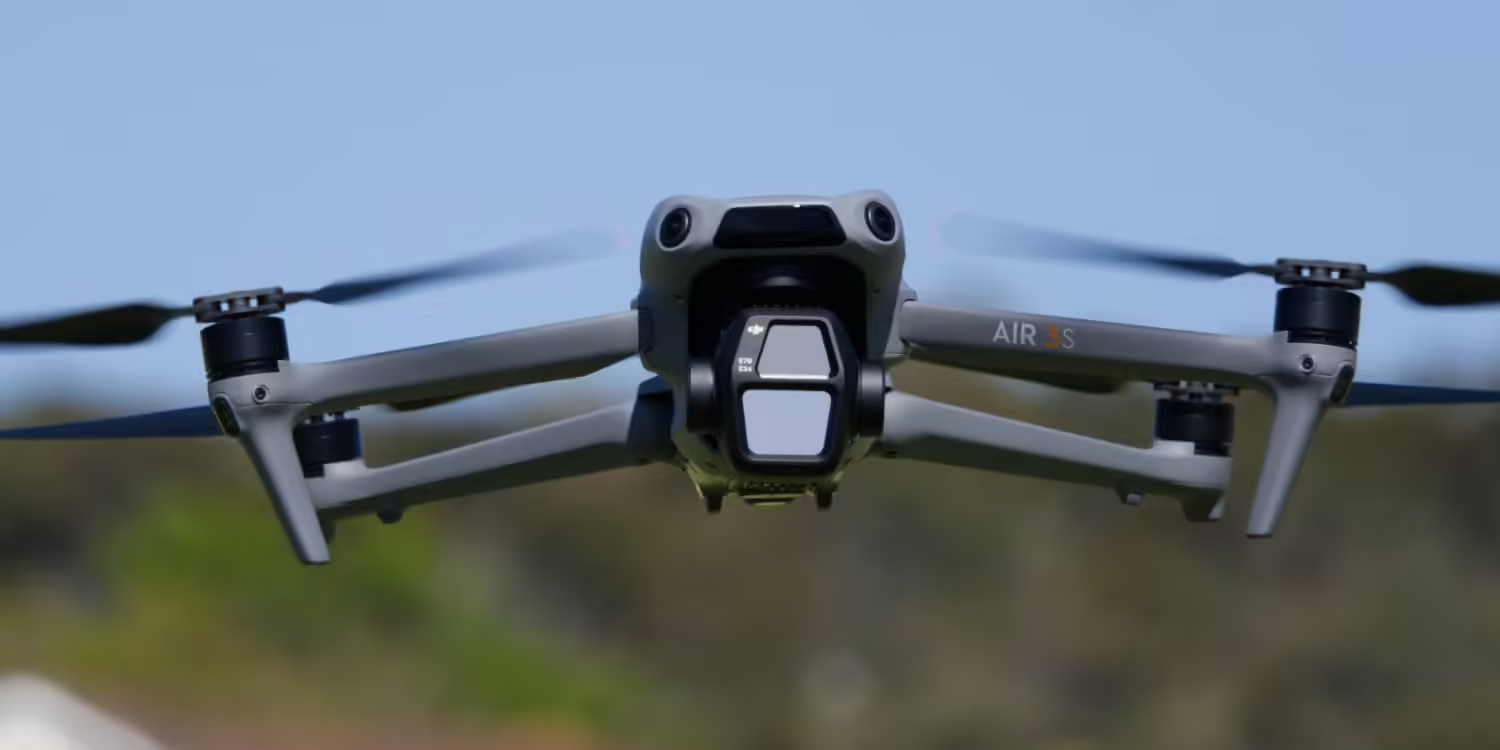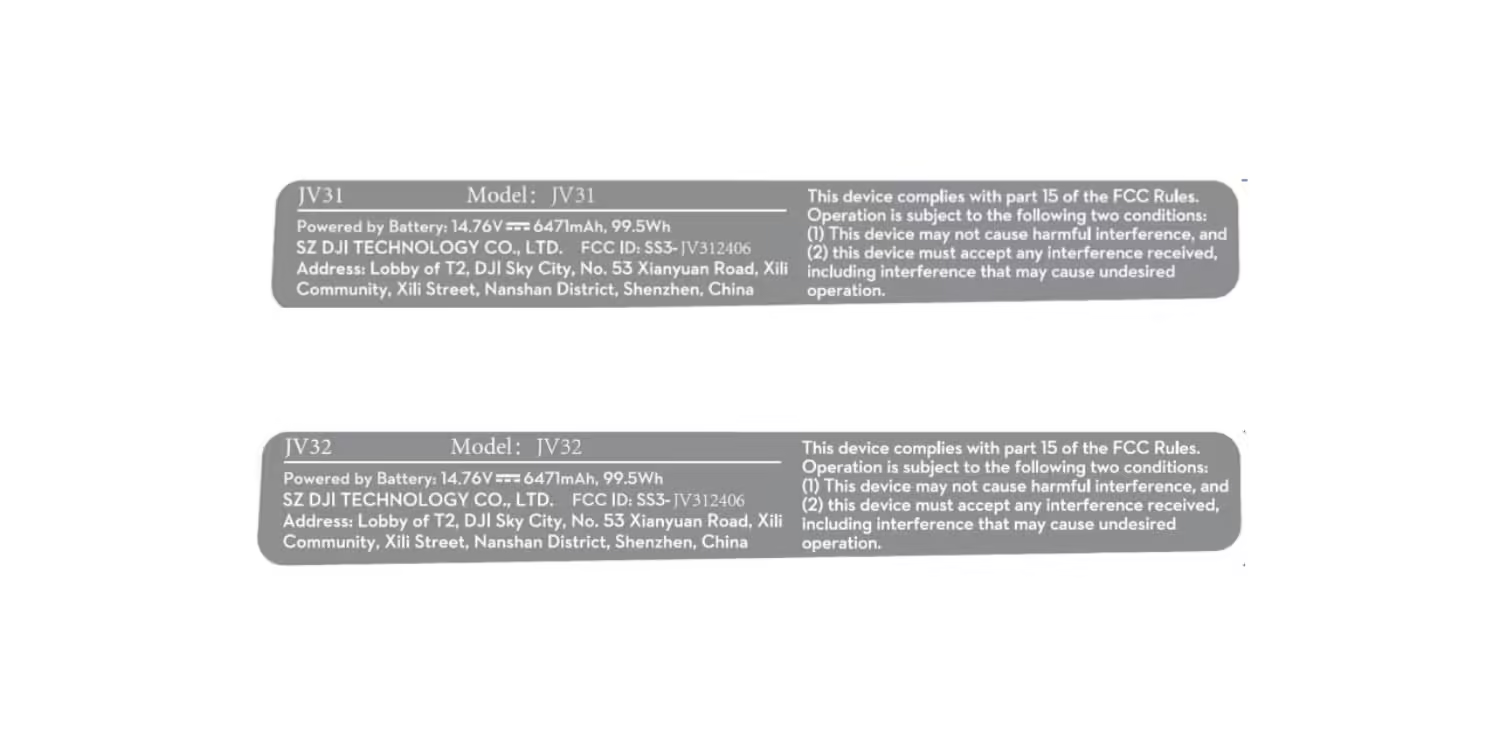More details on DJI’s unreleased entry into the robot vacuum market, the DJI Romo have been shared giving us our first real look at the upcoming product.
DJI Romo robot vacuum
DJI’s entry into the high-end robot vacuum market with the DJI Romo aims to shake up the space with a combo vacuum and mop, with features like pet detection and individualised room control settings. Romo will also be able to adjust its suction and water levels and the number of cleaning cycles completed.
You should be able to select which rooms you want cleaned during an operation and be able to edit rooms whenever you need.
While specifics on Romo’s mapping capabilities remain under wraps, there is speculation about whether it will rely on vision-based navigation, or also use a LiDAR system similar to that in the DJI Air 3S.
Given DJI’s track record of integrating sophisticated tech into small packages, it seems likely they will aim to match or exceed the capabilities of competitors like Eufy, Ecovacs, Roborock, and Samsung. If Romo delivers on feature parity, it would make DJI a serious contender in the smart home cleaning arena.
Why a DJI Romo vacuum?
External pressure
DJI has indeed faced significant scrutiny, particularly from the United States, over concerns that its drones may transmit data back to servers in China, potentially giving the Chinese government access to sensitive data captured within the US.
This has fueled calls to restrict or ban the use of DJI drones by government agencies and first responders due to potential security risks, with similar concerns now being directed at competitor Autel Robotics.
Given this pressure, DJI’s diversification into new product lines could be a strategic move to mitigate potential impacts on its revenue and market presence. If restrictions or bans were to escalate and limit DJI’s access to the US market, this would represent a major financial setback.
By branching out into new product categories, such as smart home devices and automotive solutions, DJI could reduce its dependency on the drone market while leveraging its technological expertise to remain a major player in the broader tech ecosystem.
Customer base expansion
DJI’s expansion into other product lines, such as the upcoming DJI Romo robot vacuum, could reflect a broader strategy to reach a larger customer base and sustain growth. As a dominant force in the consumer and enterprise drone markets, DJI may be experiencing challenges in maintaining its previous rapid growth rate, given market saturation and the maturation of drone technology.
By diversifying into areas like automotive solutions with DJI Automotive, e-bike power trains with DJI Avinox, and energy storage with DJI Power battery stations, DJI is clearly seeking to expand its business horizons.
This move aligns with the company’s drive to leverage its established brand, technological expertise, and market reach, paving the way for broader revenue streams and new customer acquisition beyond drones. The development of innovative smart home devices, like Romo, is consistent with DJI’s strategic shift to capitalize on emerging markets and diversify its tech portfolio.
Image via @JasperEllens











